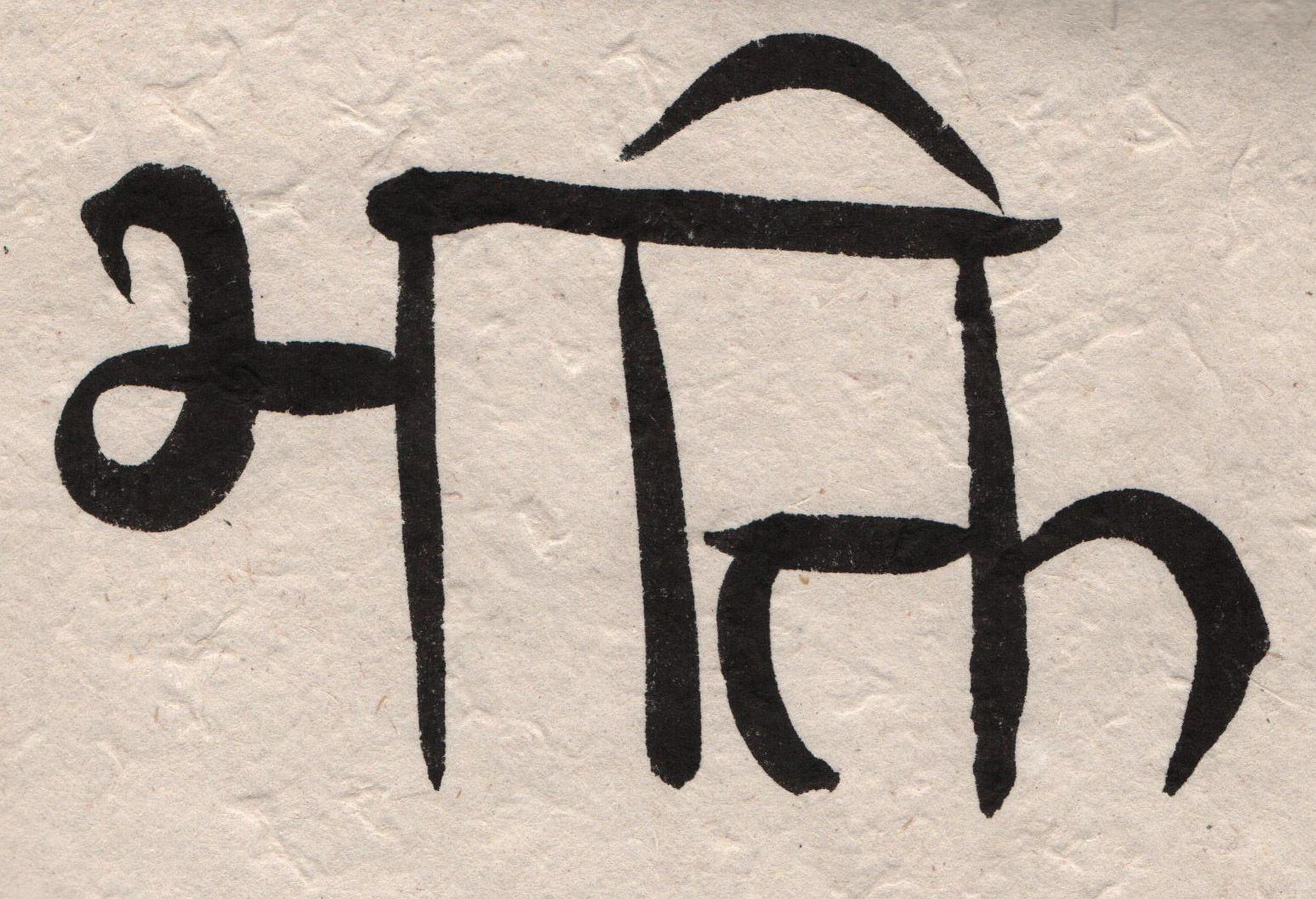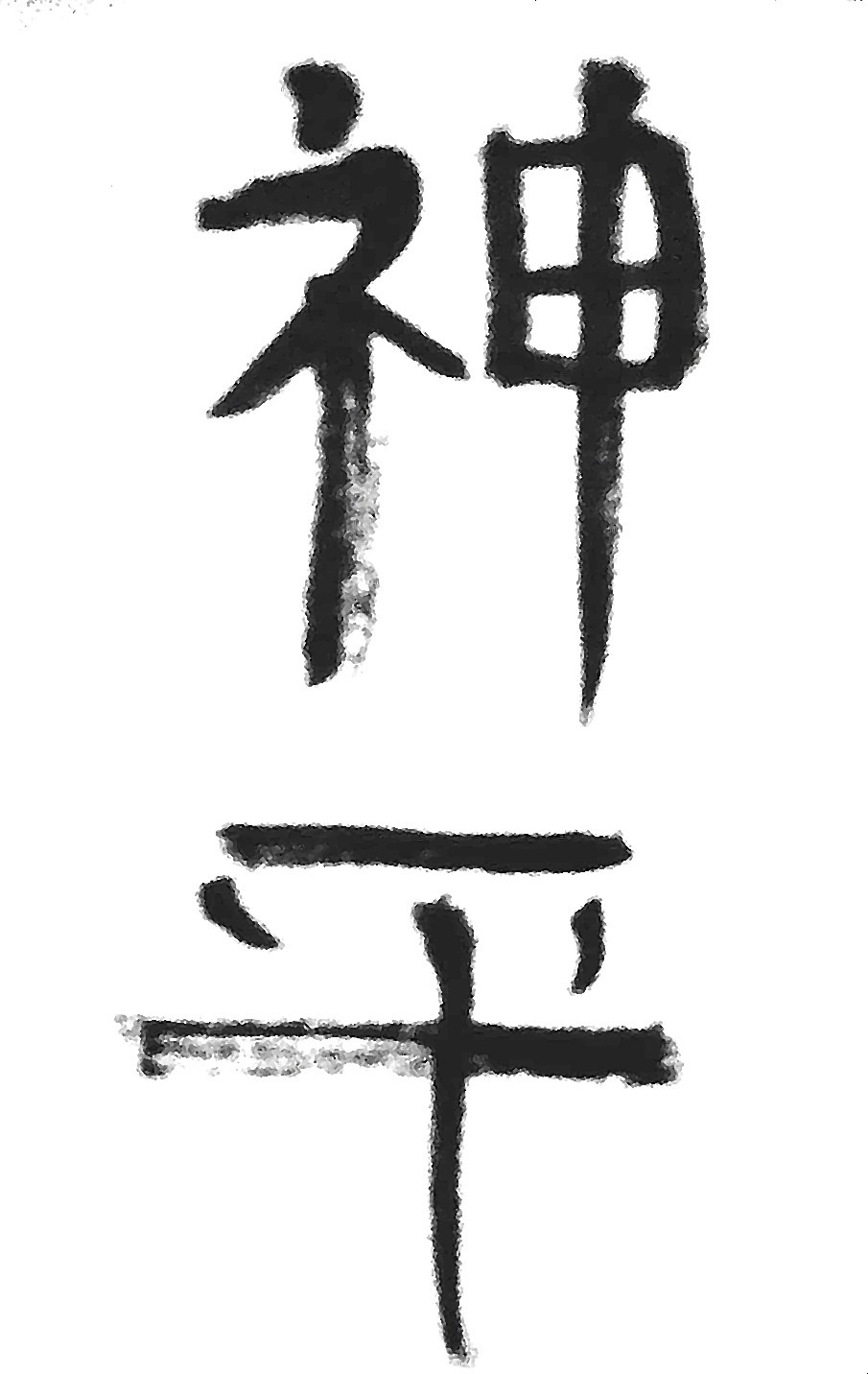
I write alot about love as a force we can use to effect positive change around us, but I rarely talk about the need to charge ourselves with love so we can live in its abundance and share that positive energy with our fellows.
Sometimes this can be easy; if our lives are going the way we want, then connecting to a feeling of love takes little effort. If, however; we are at odds with what’s happening in our lives, it may seem like love isn’t there to connect to. I have always been told that God loves me and is always there for me. This is hard not to take as an empty platitude when you don’t know how you’re going to provide for your family, whether there will be enough to pay the rent, buy food, etc… It’s hard if you are fighting with family members or people at work. We all know struggle; it defines the human experience.
With 2 small children, it can be a challenge to find some “me” time. I feel guilty telling my wife I need to do something for myself. We both work hard and spend all our spare time taking care of our children and trying to keep up with the housework. The other day I expressed my desire to work on an art project. My wife insisted I take the time to do it. Many of our arguments are the opposite of normal arguments with us each advocating for the other to do the thing they want. 
My newest bent on creating art is to attempt to do them all like zen calligraphy. Zen Calligraphy is a process where the Calligrapher becomes the instrument of what is called “Chi” in Chinese. In Japanese it’s called “ki”, in Korean it’s called “Qi”. Seeing as how none of these languages use the alphabet we use, I consider the word to be basically the same in these languages. In Sanskrit the concept is known as prana. These words all mean “life force” or energy. The process involves being in a meditative state during the execution of the project. Zen masters say the process is the same whether one is doing calligraphy, flower arranging, or swordfighting.
When the children are screaming and I leave my wife in the next room to deal while I guiltily go to a quiet room to do art, it is difficult for me to put myself in this state. It is a state of love. how can I put myself in a state of love, which is giving and caring, and selfishly go to create art?
I realized that I was missing the love that was there. My children were screaming because they love me and want me near them. My wife gave me the time to work on my project because she loves me. It was the love charge I was needing that was there all along. Part of love is being able to accept it.














